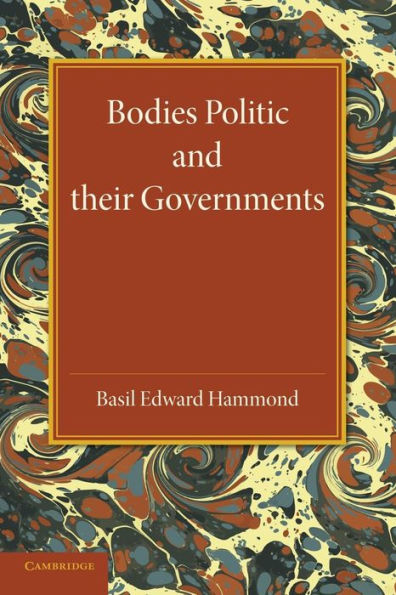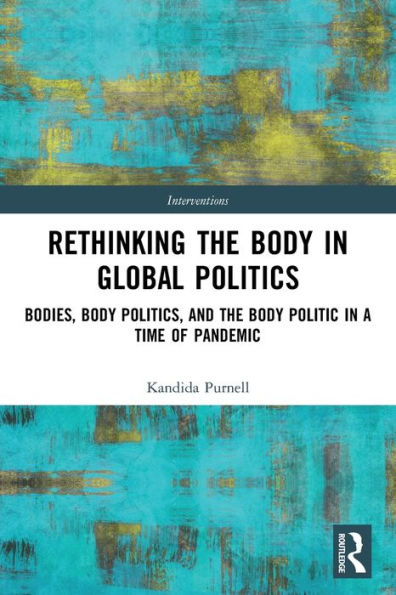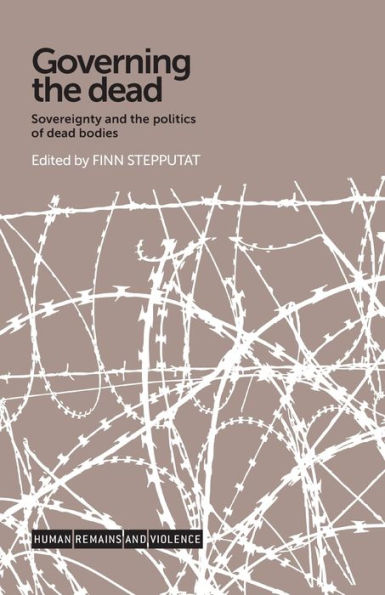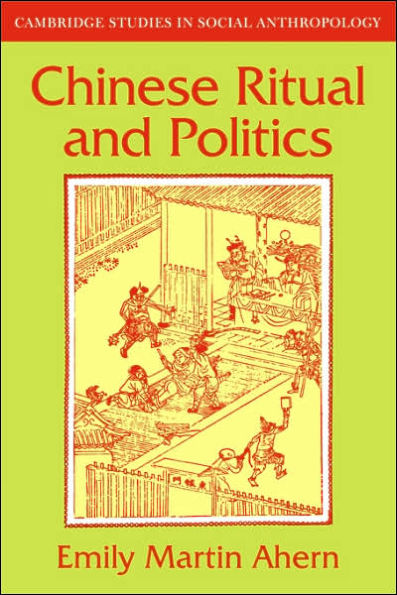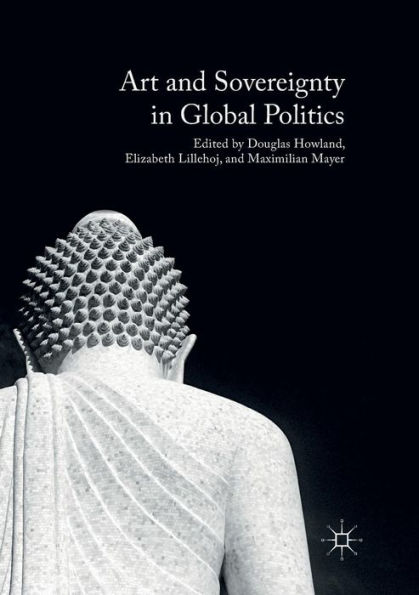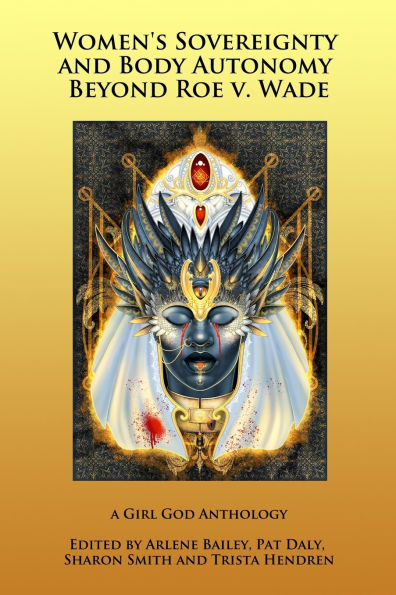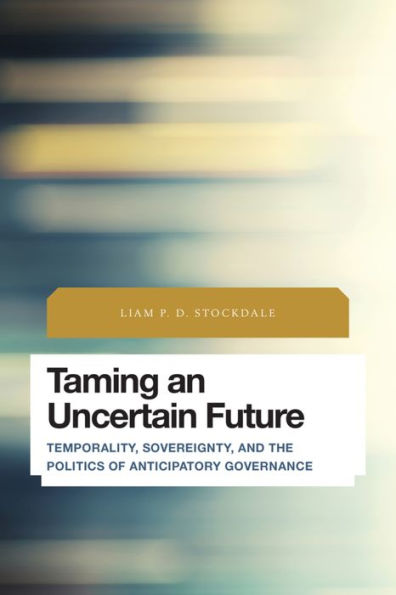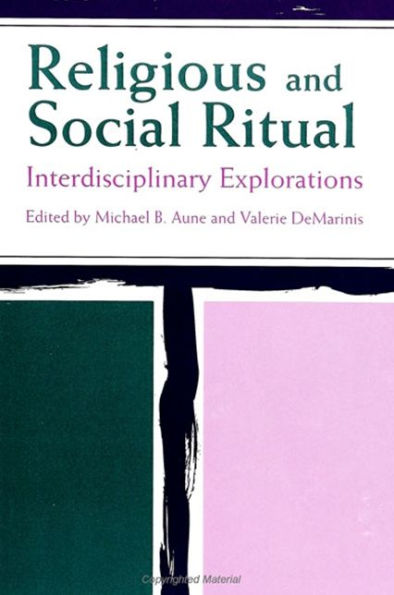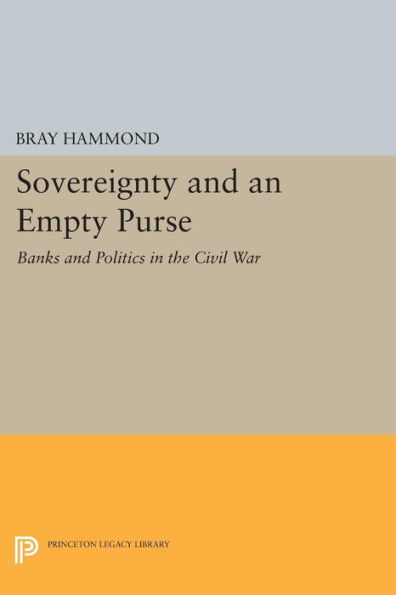Home
Religious Bodies Politic: Rituals of Sovereignty Buryat Buddhism
Barnes and Noble
Religious Bodies Politic: Rituals of Sovereignty Buryat Buddhism
Current price: $32.00
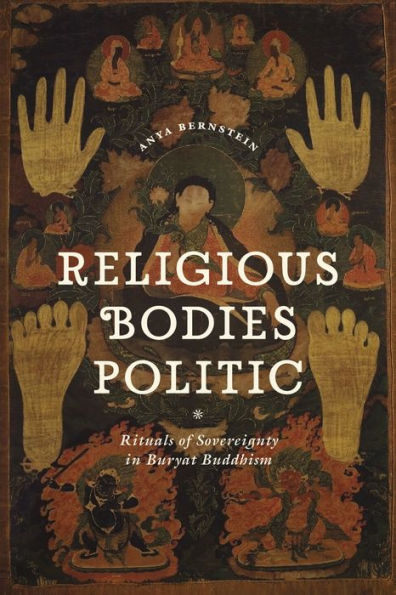

Barnes and Noble
Religious Bodies Politic: Rituals of Sovereignty Buryat Buddhism
Current price: $32.00
Size: Paperback
Loading Inventory...
*Product information may vary - to confirm product availability, pricing, shipping and return information please contact Barnes and Noble
Religious Bodies Politic
examines the complex relationship between transnational religion and politics through the lens of one cosmopolitan community in Siberia: Buryats, who live in a semiautonomous republic within Russia with a large Buddhist population. Looking at religious transformation among Buryats across changing political economies, Anya Bernstein argues that under conditions of rapid social changesuch as those that accompanied the Russian Revolution, the Cold War, and the fall of the Soviet UnionBuryats have used Buddhist “body politics” to articulate their relationship not only with the Russian state, but also with the larger Buddhist world.
During these periods, Bernstein shows, certain people and their bodies became key sites through which Buryats conformed to and challenged Russian political rule. She presents particular cases of these emblematic bodiesdead bodies of famous monks, temporary bodies of reincarnated lamas, ascetic and celibate bodies of Buddhist monastics, and dismembered bodies of lay disciples given as imaginary gifts to spiritsto investigate the specific ways in which religion and politics have intersected. Contributing to the growing literature on postsocialism and studies of sovereignty that focus on the body,
is a fascinating illustration of how this community employed Buddhism to adapt to key moments of political change.
examines the complex relationship between transnational religion and politics through the lens of one cosmopolitan community in Siberia: Buryats, who live in a semiautonomous republic within Russia with a large Buddhist population. Looking at religious transformation among Buryats across changing political economies, Anya Bernstein argues that under conditions of rapid social changesuch as those that accompanied the Russian Revolution, the Cold War, and the fall of the Soviet UnionBuryats have used Buddhist “body politics” to articulate their relationship not only with the Russian state, but also with the larger Buddhist world.
During these periods, Bernstein shows, certain people and their bodies became key sites through which Buryats conformed to and challenged Russian political rule. She presents particular cases of these emblematic bodiesdead bodies of famous monks, temporary bodies of reincarnated lamas, ascetic and celibate bodies of Buddhist monastics, and dismembered bodies of lay disciples given as imaginary gifts to spiritsto investigate the specific ways in which religion and politics have intersected. Contributing to the growing literature on postsocialism and studies of sovereignty that focus on the body,
is a fascinating illustration of how this community employed Buddhism to adapt to key moments of political change.
